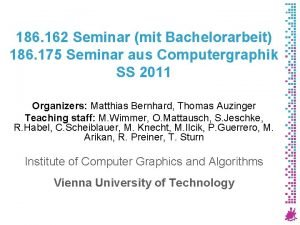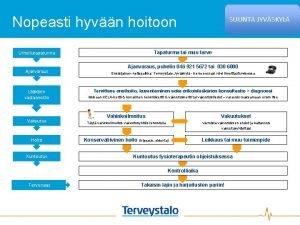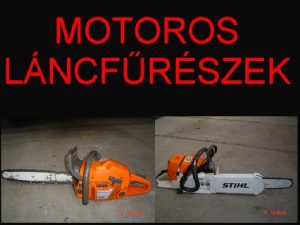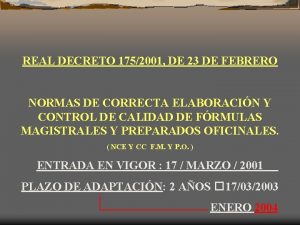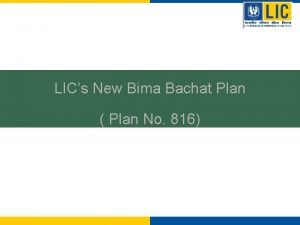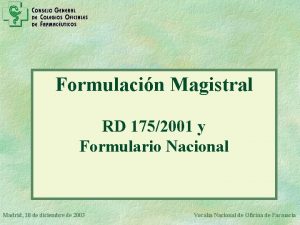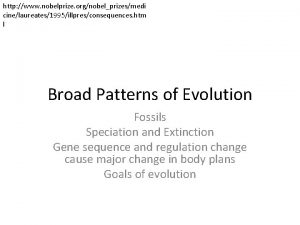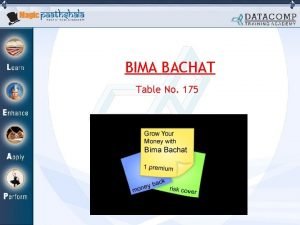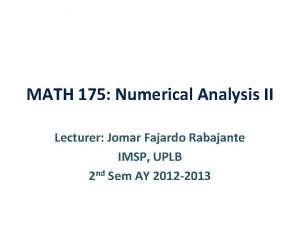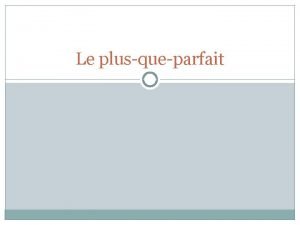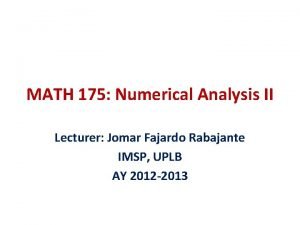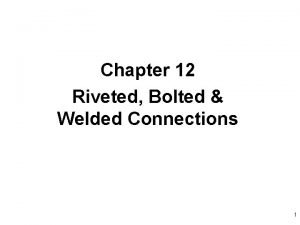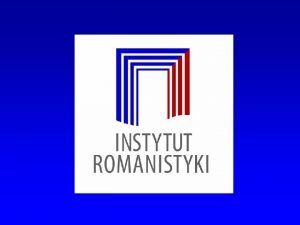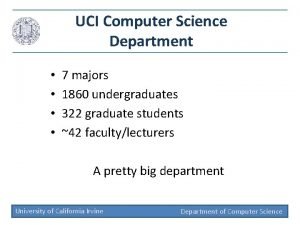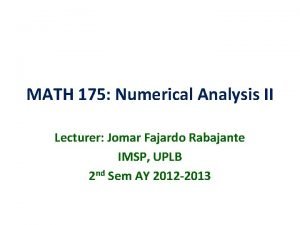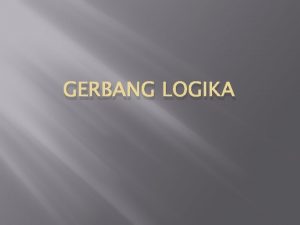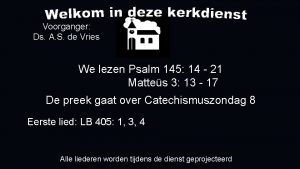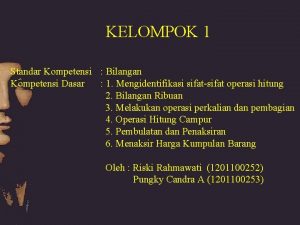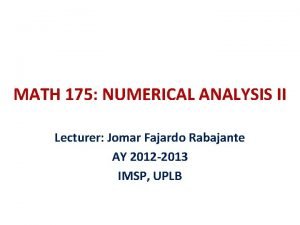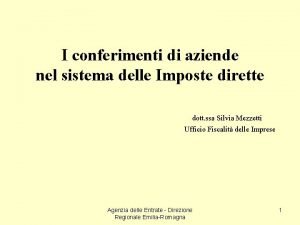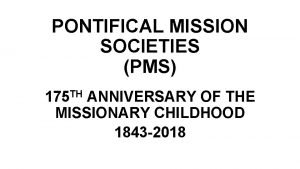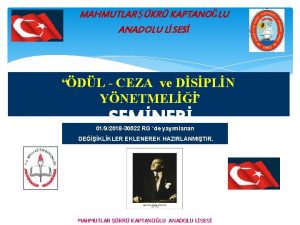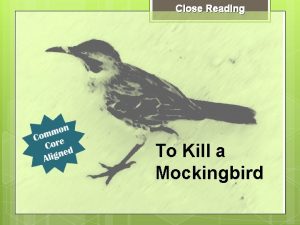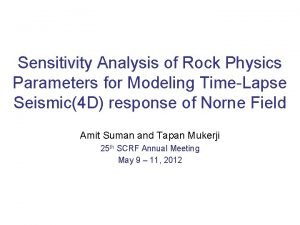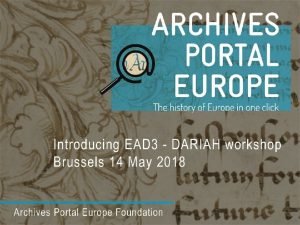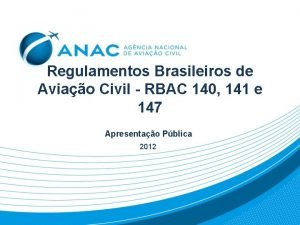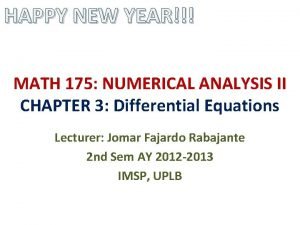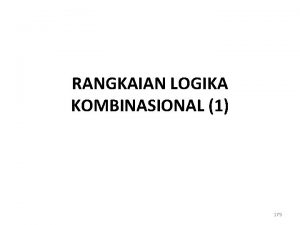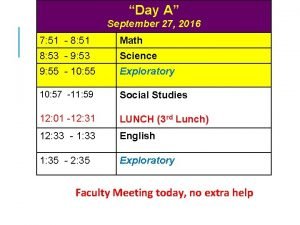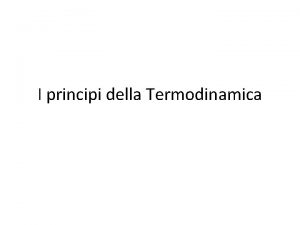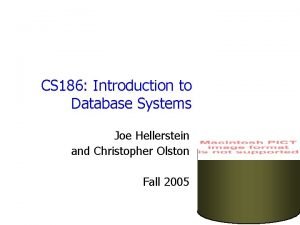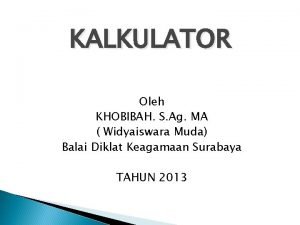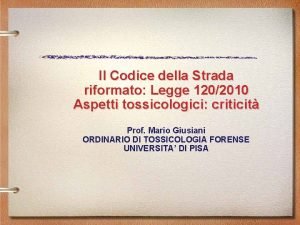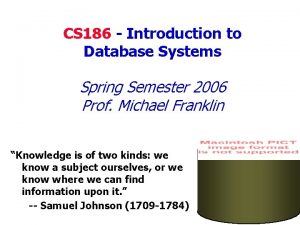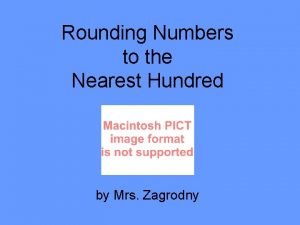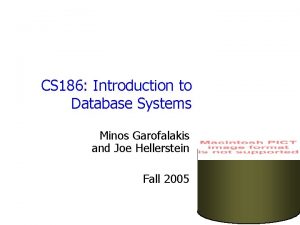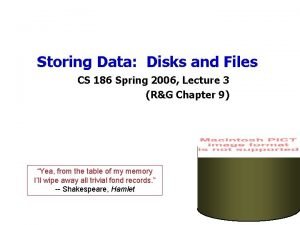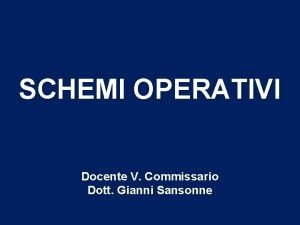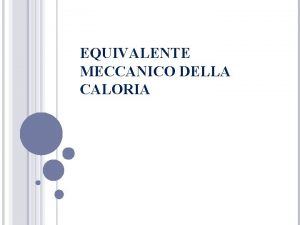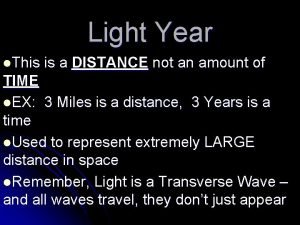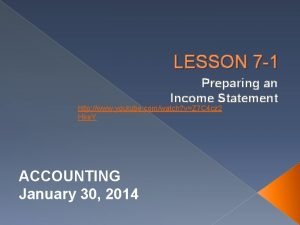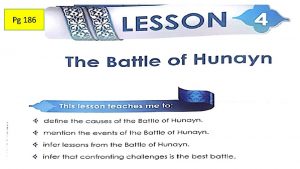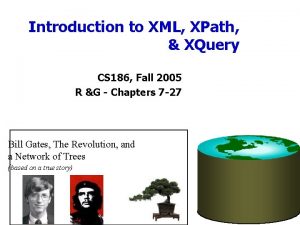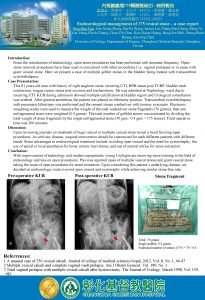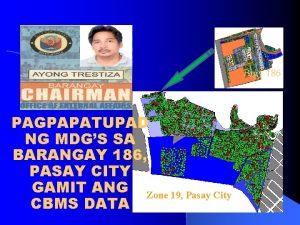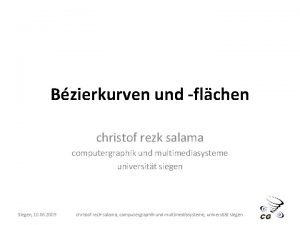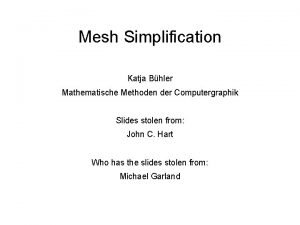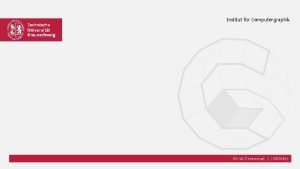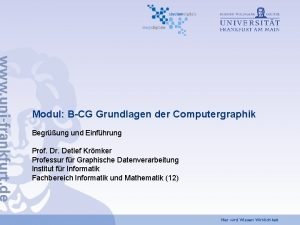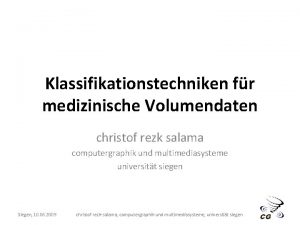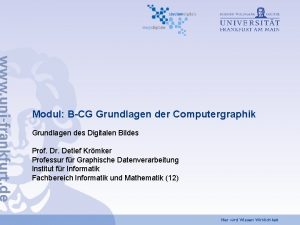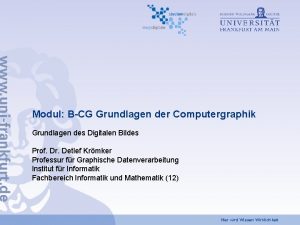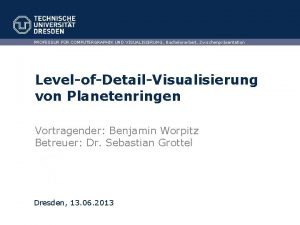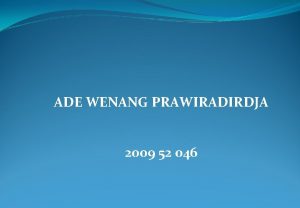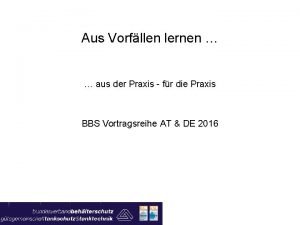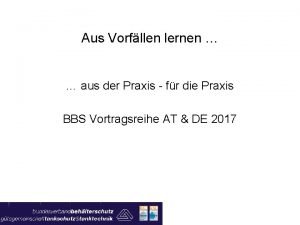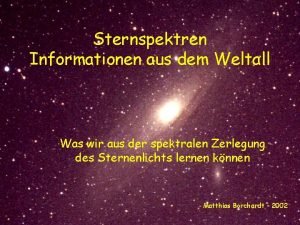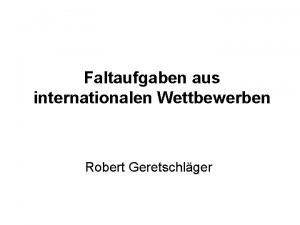186 175 Seminar aus Computergraphik 186 046 Seminar






























![(7) Progressive Visual Analytics VA PVA [Stolper et al. 2014] (7) Progressive Visual Analytics VA PVA [Stolper et al. 2014]](https://slidetodoc.com/presentation_image/204854f3a67c84a245abd8a557a14e53/image-31.jpg)
![(8) Visual Analytics for (Bio‐)Medical Applications [Hoellt et al. 2014] (8) Visual Analytics for (Bio‐)Medical Applications [Hoellt et al. 2014]](https://slidetodoc.com/presentation_image/204854f3a67c84a245abd8a557a14e53/image-32.jpg)


















- Slides: 50

186. 175 Seminar aus Computergraphik 186. 046 Seminar aus Visualisierung SS 2018 Organizer: Hsiang‐Yun Wu and Peter Mindek Teaching staff: Manuela Waldner, Renata Raidou, Tobias Klein, Haichao Miao, David Kouřil, Christoph Heinzl, Ivan Viola, and Eduard Gröller Institute of Visual Computing&Human‐Centered Technology TU Wien, Austria

Seminar Get an idea how scientific work is carried out (in CG) Practice to review literature and get familiar with a particular scientific topic Selecting, reading and understanding Summarizing and explaining (orally and written) Comparing and discussing Write a review on a paper Practice to give a talk Hsiang-Yun Wu 2

Seminar Select a topic Hsiang-Yun Wu 3

Topic Students can work alone or in groups of 2 State‐of‐the‐Art TUWEL: https: //tuwel. tuwien. ac. at/course/view. php? id=13424 wu@cg. tuwien. ac. at Important!! Register your topic on TU WEL First come first serve Registration start: 6 th March 2018, 22: 00 (Today!!) Registration due to: 23 th March 2018, 23: 59 Hsiang-Yun Wu 4

Seminar Select a topic Submit list of literature It is better that you confirm the list with your supervisor Expected 5 papers Hsiang-Yun Wu 5

Literature List of papers related to the topic Seminar subscription 23. 03. 2018: List of literature submission deadline Hsiang-Yun Wu 6

Seminar Select a topic Submit list of literature Attend 3 lectures All three lectures will be held in ICGA seminar room Hsiang-Yun Wu 7

Attend 3 Lectures 10. 04. 2018 15: 00 - 16: 30 (s. t. ) Wie schreibt man eine wissenschaftliche Arbeit Professor Wimmer 25. 04. 2018 15: 00 - 16: 30 (s. t. ) Forschung und wie sie funktioniert Professor Gröller 15. 05. 2018 16: 30 - 17: 30 (s. t. ) Wie halte ich einen Vortrag Professor Purgathofer Hsiang-Yun Wu 8

Seminar Select a topic Submit list of literature Attend 3 lectures Write report (draft version) Hsiang-Yun Wu 9

Report State‐of‐the‐Art report Final report: 8 pages (16 pages / group) In English Regular meetings with supervisor Format as for a scientific paper La. Te. X (Template on the wepage) 22. 04. 2018: Draft report submission deadline Hsiang-Yun Wu 10

Seminar Select a topic Submit list of literature Attend 3 lectures Write report (draft version) Write review Hsiang-Yun Wu 11

Review paper of other student (or group of students) Fill out review form (will be sent by e‐mail) 25. 04. 2018: Receive a review form and a report from another student. 18. 05. 2018: Review submission deadline Hsiang-Yun Wu 12

Seminar Select a topic Submit list of literature Attend 3 lectures Write report (draft version) Write review Refine report Hsiang-Yun Wu 13

Seminar Select a topic Submit list of literature Attend 3 lectures Write report (draft version) Write review Refine report Give a talk Hsiang-Yun Wu 14

Talk Use institute’s Power. Point template for presentations (template is on the webpage) 20 + 5 minutes In English Active discussion participation 07. 06. 2018: Presentation submission deadline 14. 06. 2018, 9: 00 s. t. – 18: 00: Talks Will be held in ICGA seminar room Seminar room 183/2 (HA 04 03) [new institute number 193/1] (Favoritenstr. 9 -11 / 4. floor). Hsiang-Yun Wu 15

Seminar Select a topic Submit list of literature Attend 3 lectures Write report (draft version) Write review Refine report Give a talk Submit final version Hsiang-Yun Wu 16

Report State‐of‐the‐Art report 8 pages (15‐ 16 pages if working in a group) In English Format reports in the style of a scientific paper Use La. Te. X (template is on the webpage) 24. 06. 2018: Final report submission deadline Hsiang-Yun Wu 17

Grading It is necessary to attend the 3 lectures to get a positive grade! Grading criteria: 40% written report 30% presentation 20% review 5% attendance during the presentations 5% active discussion after the presentations Hsiang-Yun Wu 18

Anyway…

Report Grading criteria: Structure, figures, . . . Language Content References Points will be deducted for: Delayed submission Page number below 8 (16) Plagiarism check! Alexey Karimov 20

Plagiarism “plagiarism involves the use of another person's work without full and clear referencing and acknowledgement” http: //www. usq. edu. au/library/referencing/what‐is‐plagiarism Alexey Karimov 21

Presentation Grading Criteria Content Expertise Didactic / Preparation Presentation Technique Overtime Alexey Karimov 22

All the information is here: https: //cg. tuwien. ac. at/courses/Seminar. Aus. CG/ All the questions go here: wu@cg. tuwien. ac. at

Topics 2018 Alexey Karimov 24

(1) Real‐Time Methods for Fluids Simulation Research what methods can be used to achieve realistic look and behavior of fluids like water or smoke. Find out which of these methods are used in publicly available physics libraries like nvidia Fle. X add name/title under INSERT -> Header&Footer (Apply to All) 25

(2) State of the Art of Text Rendering Research and summarize different methods of real‐time rendering of text Focus on advantages and disadvantages of each method add name/title under INSERT -> Header&Footer (Apply to All) 26

(3) Occlusion Management in 3 D Environments Problem of occlusion of objects in 3 D environments Different methods and strategies to manage occlusion Multiple views, transparency, explosion, cutaway view etc. Multiple views [blender. org] Haichao Miao Importance‐driven transparency [Viola et al. 2004] 27 Adaptive cutaway view [Viola et al. 2004]

(4) 3 D User Interfaces – Interaction Techniques Human‐computer in a 3 D spatial context 2 D or 3 D input device Interaction is 3 D Interactions: navigation, selection and manipulation Local vs. distance selection [Mine 1995] Haichao Miao Pen & tablet interaction metaphor [Bowman 1998] 28

(5) GPU‐Accelerated Information Visualization Explore Info. Vis toolkits and techniques using GPU processing or rendering Shaders for fast rendering GPGPU for efficient data processing Manuela Waldner 29

(6) Virtual Reality Visualizations Explore applications, chances, and challenges when using virtual reality for visualizing spatial and abstract data Reading University Medical Visualization Manuela Waldner Barco RWTH Aachen Flow Visualization 30 Information Visualization
![7 Progressive Visual Analytics VA PVA Stolper et al 2014 (7) Progressive Visual Analytics VA PVA [Stolper et al. 2014]](https://slidetodoc.com/presentation_image/204854f3a67c84a245abd8a557a14e53/image-31.jpg)
(7) Progressive Visual Analytics VA PVA [Stolper et al. 2014]
![8 Visual Analytics for BioMedical Applications Hoellt et al 2014 (8) Visual Analytics for (Bio‐)Medical Applications [Hoellt et al. 2014]](https://slidetodoc.com/presentation_image/204854f3a67c84a245abd8a557a14e53/image-32.jpg)
(8) Visual Analytics for (Bio‐)Medical Applications [Hoellt et al. 2014]

(9) Procedural Modeling on the GPU Real-time content generation Efficient GPU scheduling Tobias Klein

(10) DSLs in Visualization DSL = Domain‐specific language How to incorporate domain knowledge in a language Tobias Klein

(11) Network Visualization for Biological Pathways Title: Network Visualization for Biological Pathways Challenge: 1) Layout simplification and arrangement 2) Scalability, complexity, and usability 35

(12) Schematic Map Representation and its Complexity Title: Schematic Map Representation and its Complexity Challenge: 1) Shape simplification, including polygon, hexagon, … etc. 2) Computational time and recognizability 36

(13) Level of detail in computer animation Title: Level of detail in computer animation Related work: http: //www. animlife. com/publications/vriphys 08. pdf Modeling Hair Using Level-of-Detail Representations http: //ieeexplore. ieee. org/stamp. jsp? arnumber=1199302 https: //www. cg. tuwien. ac. at/research/publications/2017/JAHRMANN-2017 -RRTGdraft. pdf http: //gamma. cs. unc. edu/research/crowds/ http: //onlinelibrary. wiley. com/doi/10. 1111/1467 -8659. 00156/pdf 37

(14) Procedural modeling based on user interaction statistics Title: Procedural modeling based on user interaction statistics Related work: http: //onlinelibrary. wiley. com/doi/10. 1111/cgf. 13107/full https: //www. cg. tuwien. ac. at/research/publications/2017/Mitterhofer_2017/ https: //www. cg. tuwien. ac. at/research/publications/2017/Wihann_2017/ http: //www. cellpack. org/ 38

(15) Automatic camera control Title: Automatic camera control Related work: https: //pdfs. semanticscholar. org/b 6 d 3/21 e 69773 e 4 cebe 9 d 6 e 144503 baa 799 d 9 b 00 f. pdf 39

(16) A periodic tiling for computer graphics Title: A periodic tiling for computer graphics Related work: https: //www. cg. tuwien. ac. at/research/publications/2015/Sippl_Sebastian_EFG/ 40

(17) Barycentric Coordinates Widget for Histograms and Transfer Functions Multi‐channel 3 D volume rendering Multi-channel 3 D volume rendering: absorption contrast (AC) image serves as a basis, providing spatial context, features are enhances with differential phase contrast (DFC) and darkfield contrast (DFC) modalities: contours, fibers and fiber bundles direction is visually conveyed (glyphs, tensor imaging). Custom widgets for histograms and transfer functions: triangle 3 D transfer function widget. Barycentric coordinates are used to specify and construct 3 D transfer function.

(18) Edge Bundling Method for Parallel Coordinates View with Edge Bundling Parallel coordinates is a data visualization technique designed for multivariate data. To display the data for an n‐dimensional space, the technique utilizes n‐parallel lines, usually vertical. Each point of the data is represented as a polyline running though the lines. The problem using parallel coordinates on big data is that many polylines are overlapping each other and result in visual clutter, which makes the parallel coordinates hard to read. One modification of parallel coordinates is edge bundling. This method merges similar polylines into bundles, which makes the parallel coordinates look much clearer without losing displayed information.

(19) Spider Plot Widget Many analysis tasks require analyzing multi‐variate datasets. For example, when analyzing the fiber distribution in a fiber‐reinforced polymer, material scientists are interested in properties such as size, shape diameter and direction of each fiber. Spider plots can provide a useful overview of a specific combination of such properties, and are useful for comparing two or more objects regarding their properties.

(20) Modern Particle Systems Peter Mindek 44

(21) Special Effects in Computer Graphics Peter Mindek 45

Topics 2018 1) 2) 3) 4) 5) 6) 7) 8) 9) 10) 11) 12) 13) 14) Real‐Time Methods for Fluids Simulation State of the Art of Text Rendering Occlusion Management in 3 D Environments 3 D User Interfaces – Interaction Techniques GPU‐Accelerated Information Visualization Virtual Reality Visualizations Progressive Visual Analytics for (Bio‐)Medical Applications Procedural Modeling on the GPU DSLs in Visualization Network Visualization for Biological Pathways Schematic Map Representation and its Complexity Level of detail in computer animation Procedural modeling based on user interaction Hsiang-Yun Wu 15) 16) 17) 18) 19) 20) 21) statistics Automatic camera control A periodic tiling for computer graphics Barycentric Coordinates Widget for Histograms and Transfer Functions Edge Bundling Method for Parallel Coordinates Spider Plot Widget Modern Particle Systems Special Effects in Computer Graphics Important!! Register your topic on TU WEL 46 Registration start: 6 th March 2018, 22: 00 (Today!!) Registration due to: 23 th March 2018, 23: 59

Not finished yet…

Informationsvisualisierung VO: 186. 141 – UE: 186. 143 https: //www. cg. tuwien. ac. at/courses/Info. Vis/ Multivariate data visualization, interactive visual analysis of complex data, visualization of high-dimensional data, visual analysis of multivariate network data… Institute of Visual Computing and Human‐Centered Technology, TU Wien, Austria

Graph Drawing Algorithms VU 192. 053 · Tuesday 9– 11 Are you interested in network visualization? Graph drawing is the algorithmic core of network visualization. In this course you learn about graph layout aesthetics and their optimization fundamental layout algorithms for different types of graphs (trees, planar, non-planar, . . . ) practical aspects as well as theoretical properties and computational limitations Topics in this course combine the areas of algorithms, visualization, and graph theory. Registration in TISS is open, First lecture on March 13 49 Ivan Viola

Thank you. Projects: https: //www. cg. tuwien. ac. at/courses/projekte/ wu@cg. tuwien. ac. at
 186-175
186-175 186-175
186-175 Suunta jyväskylä
Suunta jyväskylä Hajkolás
Hajkolás Real decreto 175 de 2001
Real decreto 175 de 2001 New bima bachat (plan-816)
New bima bachat (plan-816) Real decreto 175 de 2001
Real decreto 175 de 2001 175 mya
175 mya 1 70 peso ideal
1 70 peso ideal Bima bachat 175
Bima bachat 175 Math 175
Math 175 70'in %20'si kaçtır
70'in %20'si kaçtır 175 1 2
175 1 2 Math 175
Math 175 Bolted and riveted connections
Bolted and riveted connections 175
175 Networked systems uci
Networked systems uci Flight 175
Flight 175 Math 175
Math 175 175 =
175 = Gezang 175
Gezang 175 Bilangan 175 jika ditulis dalam bilangan biner adalah....
Bilangan 175 jika ditulis dalam bilangan biner adalah.... Math 175
Math 175 Piltuvo pavidalo dauba
Piltuvo pavidalo dauba Art 175 tuir
Art 175 tuir Th 175
Th 175 Tedbir kararı 175/1
Tedbir kararı 175/1 Explain miss maudie's cake portions
Explain miss maudie's cake portions Rock physics modelling
Rock physics modelling 480-175
480-175 Rbac 175 emenda 03
Rbac 175 emenda 03 Happy new year maths equation
Happy new year maths equation 175 =
175 = Look at the picture on page 175
Look at the picture on page 175 Why is 186 426 divisible by both 3 and 9
Why is 186 426 divisible by both 3 and 9 Esperimento joule mulinello
Esperimento joule mulinello Cs 186
Cs 186 Fungsi ma
Fungsi ma Art 186 cds
Art 186 cds 186
186 Schema operativo art 186 c.d.s. 2020
Schema operativo art 186 c.d.s. 2020 Cs 186
Cs 186 Round 250 to the nearest hundred
Round 250 to the nearest hundred Joe hellerstein’s berkeley cs 186
Joe hellerstein’s berkeley cs 186 Cs 186
Cs 186 Schema operativo art 186 c.d.s. 2020
Schema operativo art 186 c.d.s. 2020 Equivalente termico del lavoro
Equivalente termico del lavoro Webste
Webste 7-1 work together p. 186 answers
7-1 work together p. 186 answers Pg 186
Pg 186 Cs 186
Cs 186

